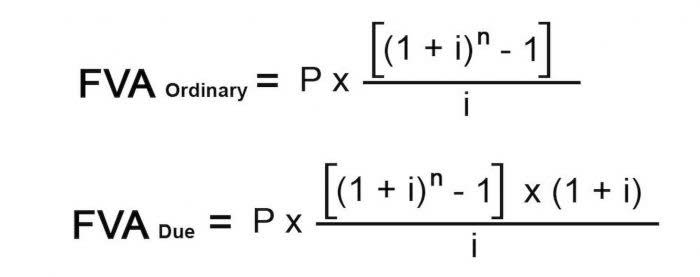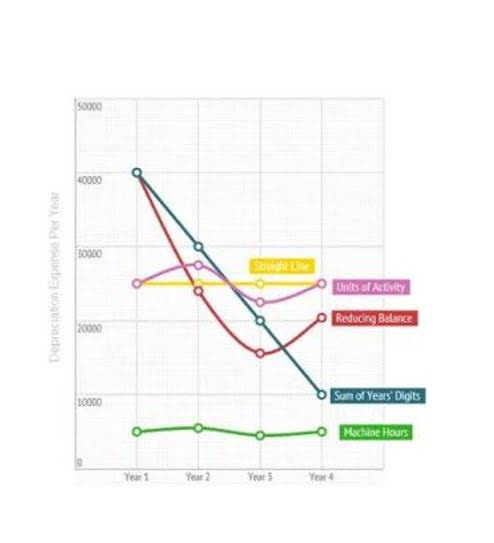Construction in Progress GAAP: A Comprehensive Guide
The Role of Shame and Guilt in Addiction and Recovery
June 30, 2022Rožaje je bilo domaćin učesnicima MTB Čiker Maratona.
July 5, 2022
We used the unbilled accounts receivable account to prevent confusion with the bill receivable which represents the amount we already bill to customers. Each small job will be considered as finished only after they are delivered to the customers. It requires the company to separate the work into small units which are not practical for all construction. All of the components must be measured reliable which enables the accountant to record them into the financial statement.

Recording Initial Project Costs
- A manufacturing company tests its new production line for regulatory compliance before full-scale operations.
- However, the inclusion of all assets, regardless of their current usability, is crucial for a balance sheet’s accuracy.
- For example, if a company is constructing a new office building, all related costs—such as architectural fees, materials, and labor—are recorded under the CIP account.
- Fixed asset planning — or Construction in Process (CIP) accounting — is the process of taking control of your fixed assets before they’re placed into service and begin depreciation.
- Create a construction-in-progress account under the PP&E section of your balance sheet.
- Contact PVM Accounting today for expert guidance tailored to your construction business.
CIP accounting is a critical aspect of financial management for construction and asset-intensive businesses. By understanding its principles, adopting best practices, and leveraging tools like Planyard, you can ensure https://www.fiberrepublic.com/free-freelance-invoice-templates-pdf-word-excel/ accurate cost tracking, enhance transparency, and make informed financial decisions. These assets will be reversed to the actual fixed assets when the construction is finished and total costs are measured reliable. Construction in progress includes all the costs that company spends such as material, labor, and others. They cannot capitalize on the fixed assets as well, the construction is not yet finished, so the total cost is also not yet measure reliable.

Recognizing Revenue from CIP

Strict adherence to GAAP requires meticulous documentation and accounting principles. For instance, assume a partially completed warehouse no longer meets regulatory safety requirements. All the costs to build the partial warehouse must be removed from CIP and immediately expensed, and the related demolition costs are also expensed. When the warehouse is completed, this $750,000 is transferred to the “Building” account, and depreciation begins based on its useful life.
FRS 102 Fixed Asset Accounting: A Practical Guide for UK Businesses
Effective management of CIP accounts is essential for ensuring accurate financial reporting and maintaining control over project costs. It involves regularly reviewing and updating the CIP accounts to reflect the current status of the project. One important aspect of managing CIP accounts is making sure that costs are properly classified cip meaning accounting and allocated. It means distinguishing between direct and indirect costs, as well as identifying any costs that should be expensed rather than capitalized.

- This capitalization of costs can lead to a substantial increase in total assets, which in turn affects key financial ratios such as the return on assets (ROA) and the debt-to-equity ratio.
- Between the start and end of a project, companies must maintain construction accounting records to track costs and revenues.
- Direct costs are expenditures directly traceable to the construction project.
- Without it, you may miss expenses or misallocate costs, which can undermine project budgets and financial reporting accuracy.
Imagine Business a plans to expand its office building to accommodate more employees. Their accountant initiates a Construction-in-Progress Office Expansion asset account to document construction expenses. Upon project completion, the Bookkeeping vs. Accounting CIP account is transitioned to the appropriate fixed-asset account. However, the inclusion of all assets, regardless of their current usability, is crucial for a balance sheet’s accuracy.
- Detailed documentation—receipts, invoices, records—is crucial for accuracy and audit readiness.
- Frequently review CIP accounts to ensure accuracy and compliance with accounting standards.
- Construction in progress impacts financial analysis by providing insights into the amount of investment tied up in ongoing construction projects.
- Direct labor costs, including wages paid to construction workers, engineers, and project managers directly involved in the project, are also added to the CIP balance.
- Companies must record any real estate they own on their balance sheets as long-term liabilities.
Assets Under Construction
- It is an accounting term used to represent all the costs incurred in building a fixed asset.
- Both are essential for accurate financial reporting, but understanding their distinct roles ensures clarity in financial statements.
- CIP accounting also ensures transparency with clients and helps a company make effective decisions that affect the bottom line.
- An extra benefit of planning software is that it can help you take advantage of emerging tax bonuses.
- When the building is ready to move into, they will debit Buildings and credit Construction in Progress.
This ensures the project’s financial history is fully captured, simplifying auditing and compliance. Regular audits, both internal and external, provide assurance of CIP account accuracy, compliance, and financial reporting integrity. Because of their complexity and materiality, CIP accounts typically receive heightened scrutiny during audit engagements. As such, it’s best for teams to establish a clear handoff process between the project manager and the accounting team. When the project hits substantial completion, accounting should receive a formal notice that includes the date and details of any additional expenses to get the project to a final completion. Unlike traditional inventory or fixed asset tracking, CIP often involves more judgment, cross-department collaboration, and long timelines, opening the door for missteps.

Maintaining Transparency and Compliance
High-touch technology family office accounting services that ensure security and privacy. Fixed assets are any company-owned assets that have an expected useful life of more than one year. After they are placed into service, you must depreciate these assets over a set period.
